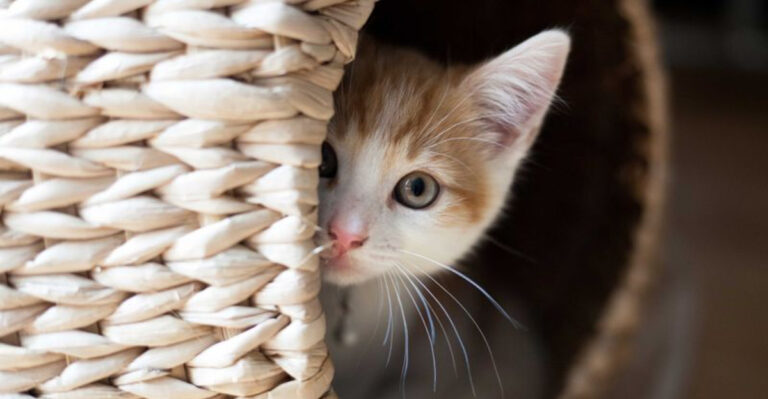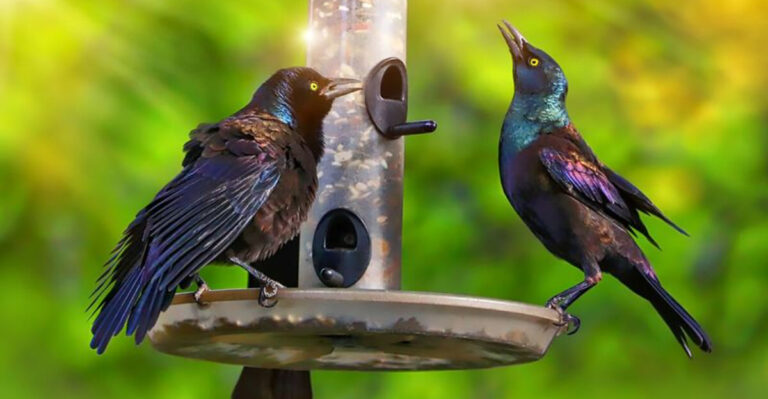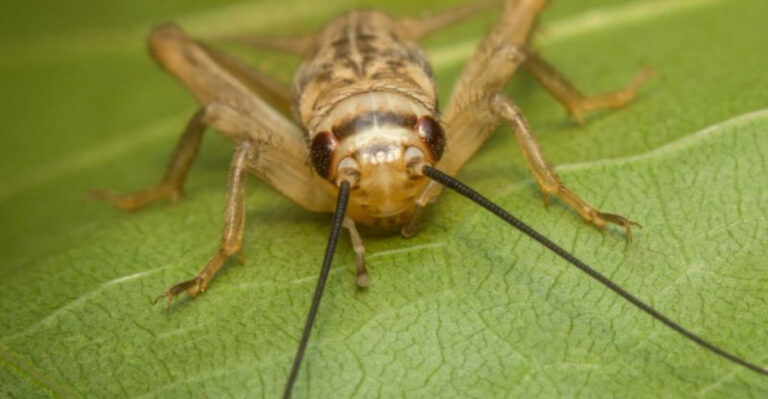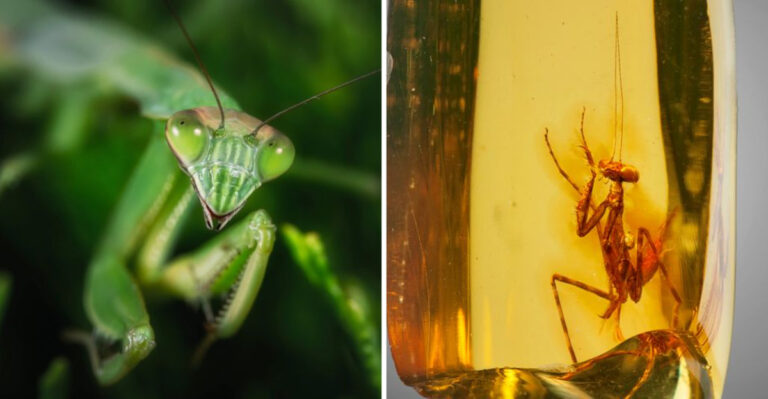15 Reasons Axolotls Are Truly One-Of-A-Kind Creatures
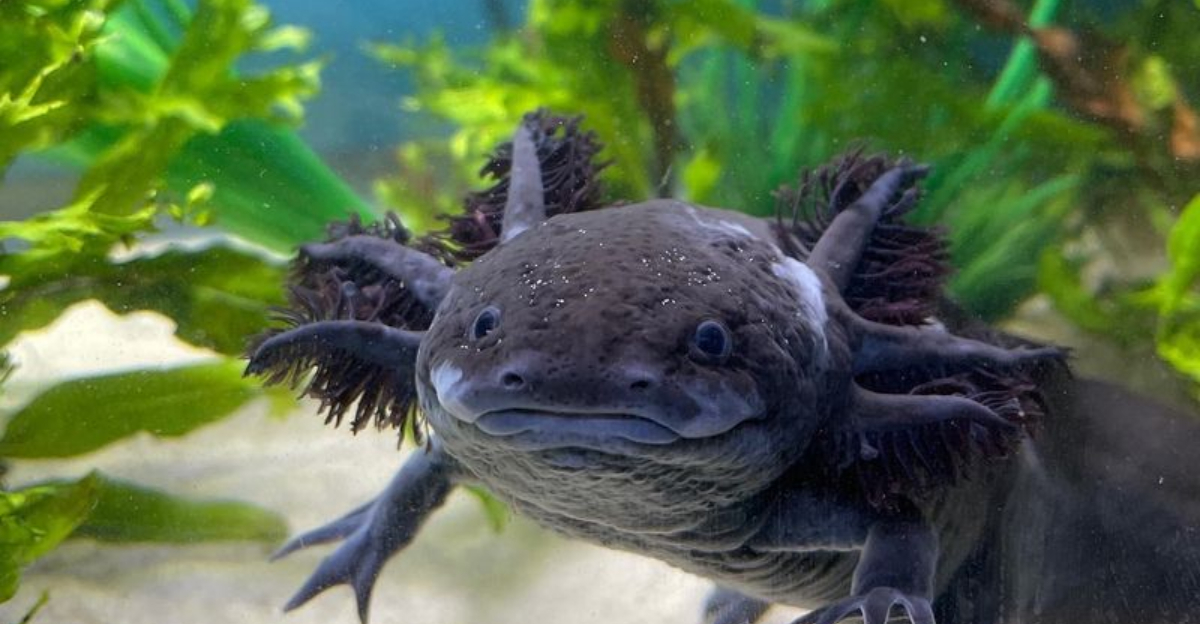
Axolotls, the enchanting amphibians native to the waterways of Mexico, have captivated the hearts of scientists and pet enthusiasts alike.
Known for their unique biological traits and adorable appearance, these creatures are more than just cute faces.
1. They Communicate Through Vocalizations
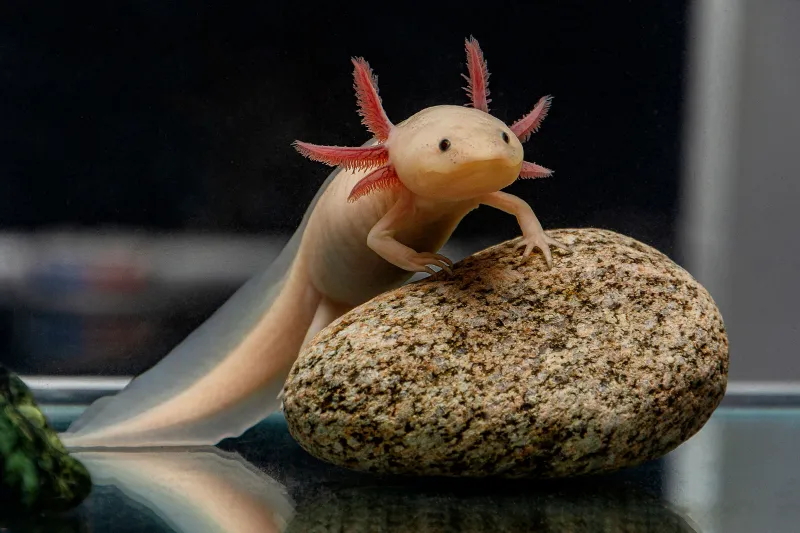
Axolotls are known to make soft vocalizations, such as clicks and chirps, a behavior that often surprises those expecting silence from these aquatic creatures. These sounds are especially noticeable when the axolotls feel threatened or during their mating rituals.
Their ability to produce sound adds another layer of mystery to their already intriguing nature, making them even more fascinating to observe. Though these vocalizations are subtle, they play a crucial role in axolotl communication.
2. They Can Regenerate Almost Anything
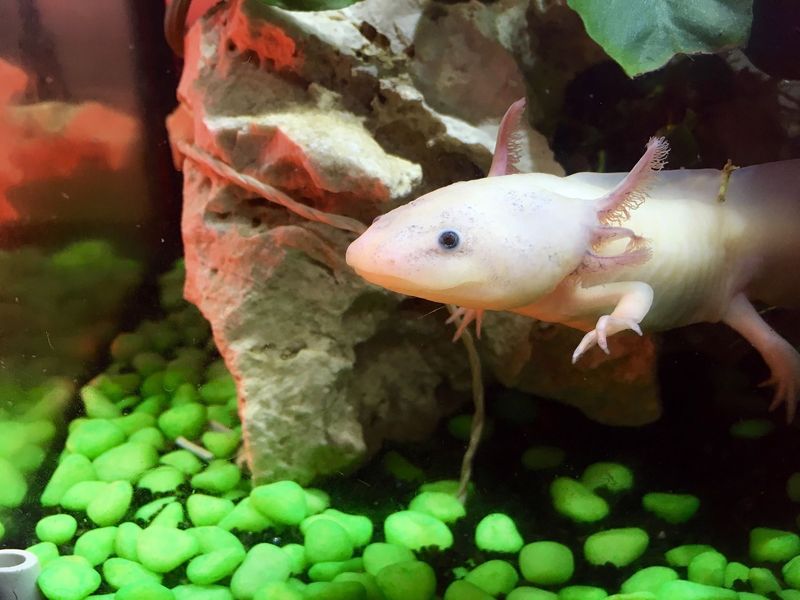
The axolotl’s regenerative abilities are nothing short of miraculous. They can regrow limbs, spinal cords, and even parts of their heart and brain, all without scarring.
This remarkable process results in regrown parts that function just like their originals, showcasing nature’s incredible power of healing.
Scientists study axolotls extensively to learn more about regeneration, hoping to unlock secrets that could benefit medical science and human healing.
3. They Can Transform Under Certain Conditions
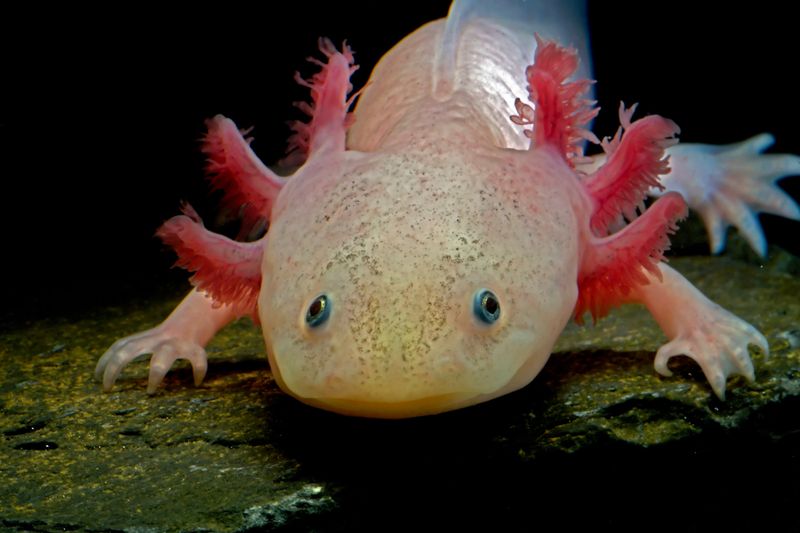
Under specific conditions, like exposure to iodine or thyroid hormones, axolotls can undergo metamorphosis and transform into land-dwelling salamanders.
This transformation, while fascinating, comes with the downside of a shortened lifespan for the axolotl. Despite this, the ability to transform is a testament to their adaptability and makes them a subject of interest for scientific research.
The transformation process highlights the delicate balance between aquatic life and terrestrial existence.
4. They Retain Their Juvenile Features
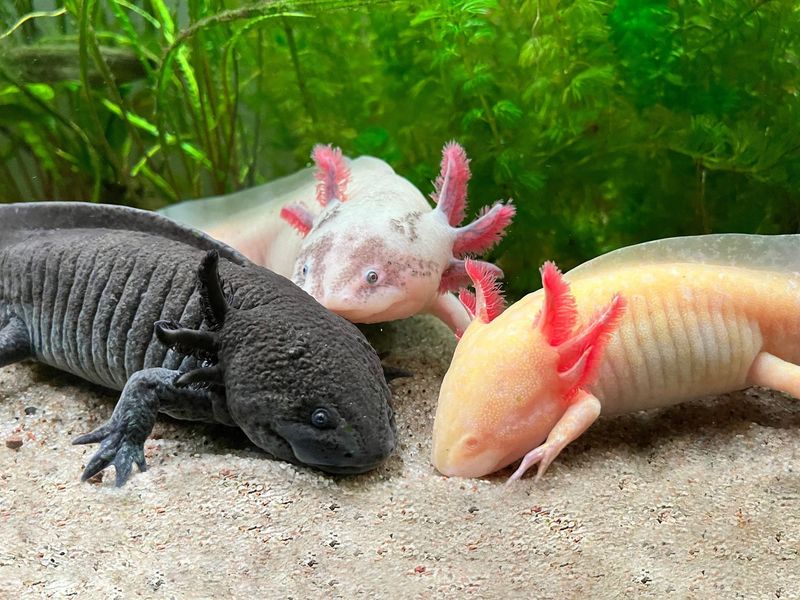
Thanks to the process of neoteny, axolotls retain their larval features, such as feathery gills, throughout their lives. This gives them the appearance of eternal juveniles, adding to their charm and allure.
Their unique ability to remain in this juvenile state is not just a quirk of nature but a key to their survival, allowing them to adapt to their environment in ways that fully metamorphosed amphibians cannot.
This eternal youthfulness captures the imagination of those who encounter them.
5. They’re Native To Only One Place
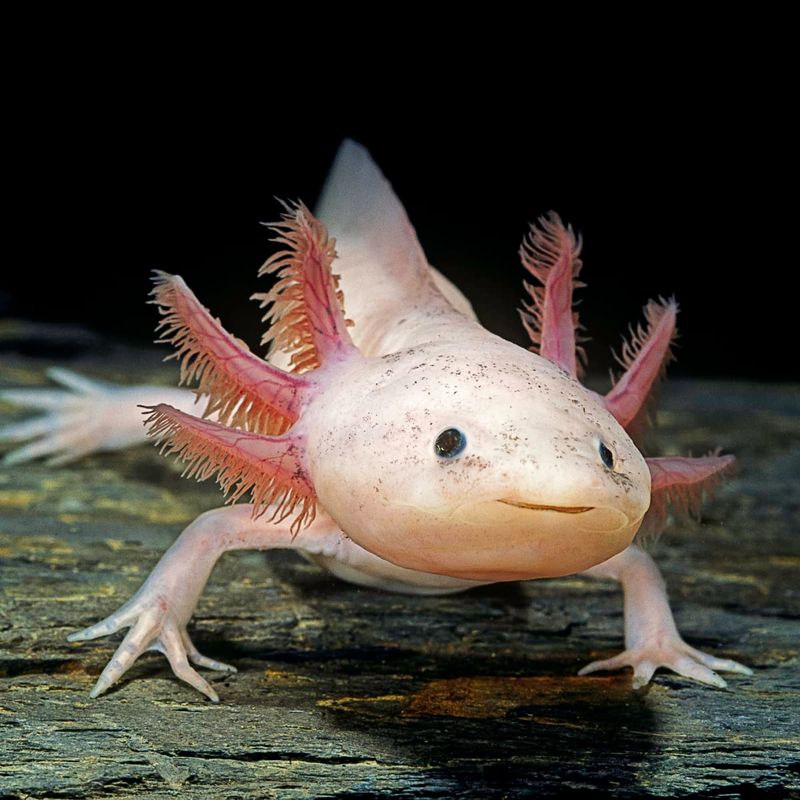
Axolotls are endemic to the lakes in the Valley of Mexico, particularly Lake Xochimilco, making them a rare and treasured species. However, they are critically endangered due to habitat destruction and pollution.
Their limited geographical range makes conservation efforts crucial to their survival.
Despite their challenges, these resilient creatures continue to thrive in captivity, where they are bred for conservation purposes and as unique pets.
Their native habitat is a vital part of their identity and survival.
6. They Don’t Have A Tongue Or Teeth
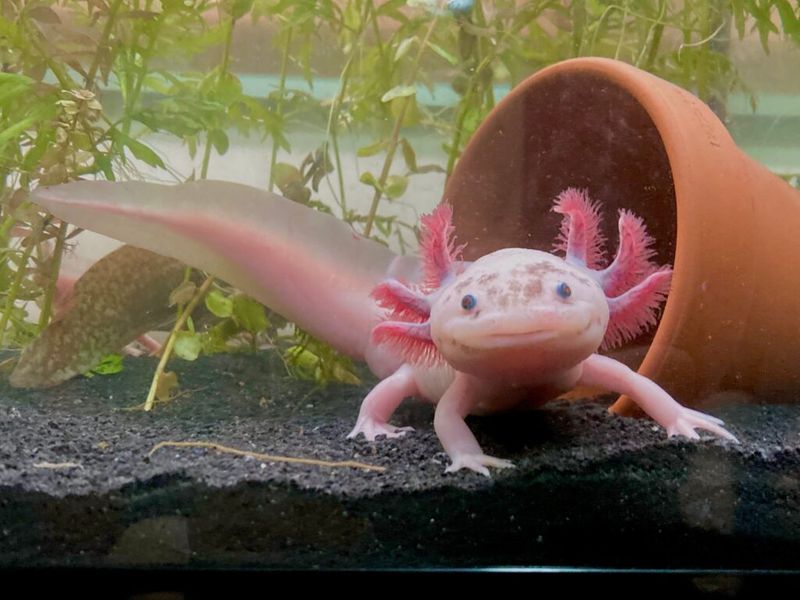
Instead of having a tongue or teeth, axolotls employ a fascinating method of feeding using suction to swallow their prey whole. This adaptation makes them highly efficient hunters within their aquatic habitats, allowing them to capture and consume a wide range of prey.
Their feeding technique is both intriguing and a testament to their specialization within their niche.
By utilizing suction, axolotls can enjoy a varied diet without the need for chewing, making their mealtime both swift and effective.
7. Axolotls Are Carnivorous
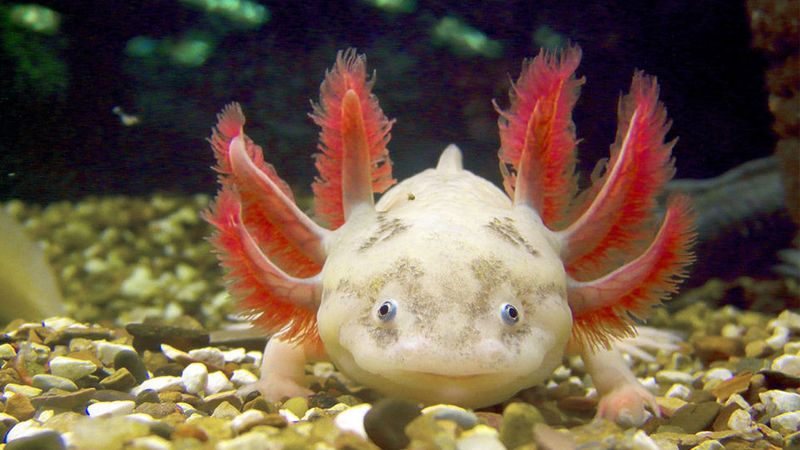
As carnivorous creatures, axolotls primarily feed on small aquatic organisms like worms, insects, and tiny fish. Their diet is consistent with their role as efficient predators, using suction to capture their prey rather than chewing.
Their carnivorous nature contributes to maintaining the balance within their ecosystem, illustrating their importance in the food chain.
Axolotls’ hunting abilities are finely tuned to their environment, ensuring they thrive in the wild and captivity.
8. They Can Live A Long Time
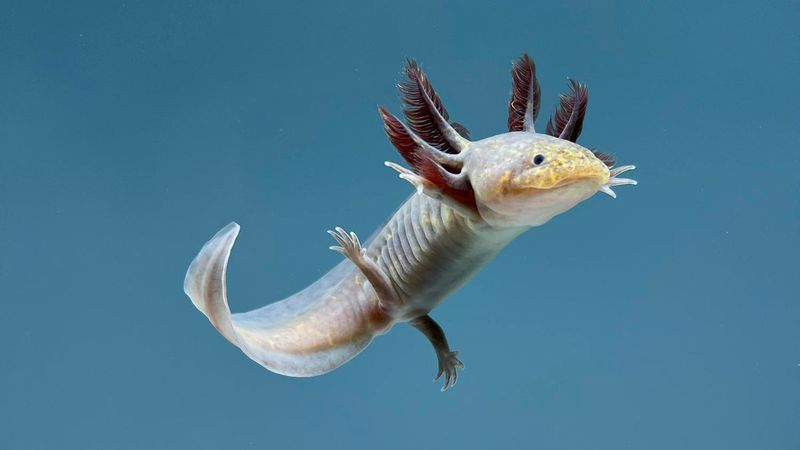
In captivity, axolotls can live up to 15 years, offering a long-term companionship experience for those willing to care for them properly. Their longevity is a testament to their resilience and adaptability when provided with the right conditions.
Owning an axolotl requires commitment, but the rewarding experience of observing their unique behaviors and characteristics makes it worthwhile.
Their extended lifespan allows owners to form a lasting bond with these fascinating creatures.
9. They Have A High Metabolism
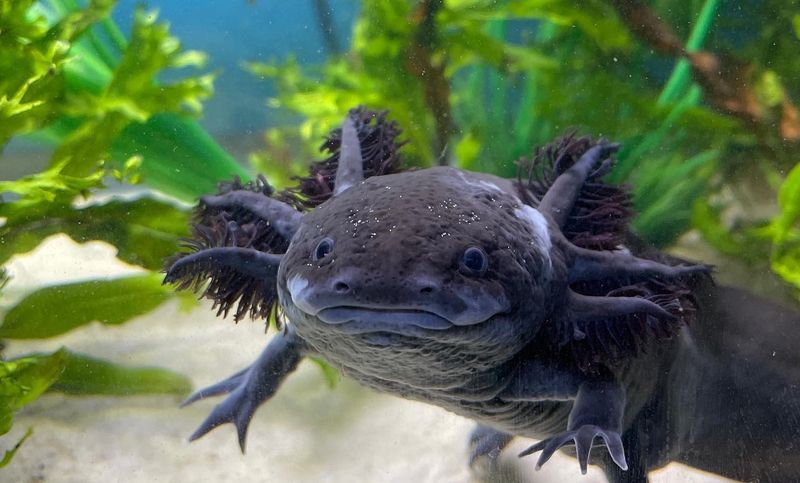
Axolotls possess a high metabolic rate, necessitating a constant supply of energy to sustain their remarkable regenerative abilities. This metabolic demand requires a nutrient-rich diet to keep them healthy and thriving.
Their metabolism is a crucial aspect of their biology, supporting not only their regeneration but also their overall vitality.
Caring for axolotls involves ensuring they receive the right balance of nutrients, reflecting the intricate relationship between their diet and their unique capabilities.
10. They Were Worshipped By The Aztecs
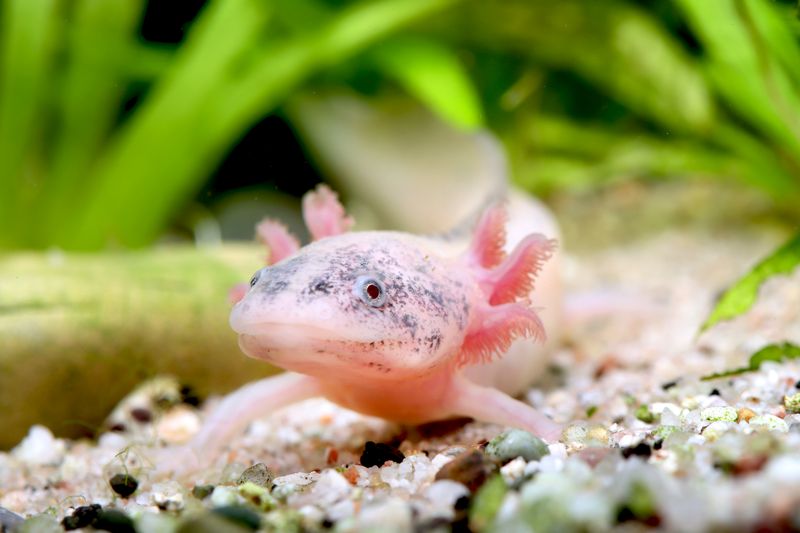
In the time of the Aztecs, axolotls were revered and associated with the god Xolotl, symbolizing transformation and escape from sacrifice. The mythology surrounding axolotls highlights their cultural significance and enduring impact on Mexican heritage.
These ancient beliefs contribute to the mystique of axolotls, blending mythology with biology.
Understanding their cultural roots adds depth to our appreciation of these creatures, connecting them to a rich tapestry of history and tradition.
11. They Come In A Variety Of Colors
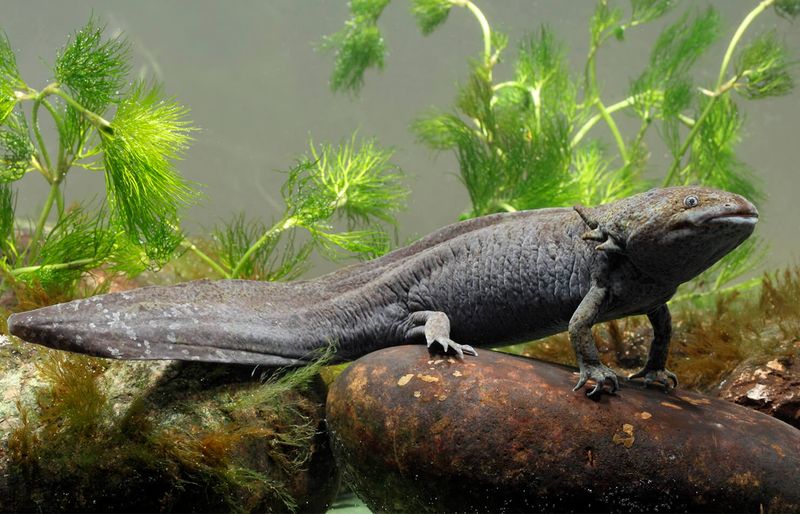
Captive-bred axolotls are available in an array of colors, including leucistic, golden, albino, and jet-black, each contributing to their charm and appeal among pet owners. Their diverse coloration is a result of selective breeding, enhancing their popularity as exotic pets.
This variety in appearance adds to the allure of axolotls, making them visually captivating creatures.
The range of colors also reflects their adaptability and genetic diversity, offering a unique experience for those who admire them.
12. They Use Gills And Lungs To Breathe
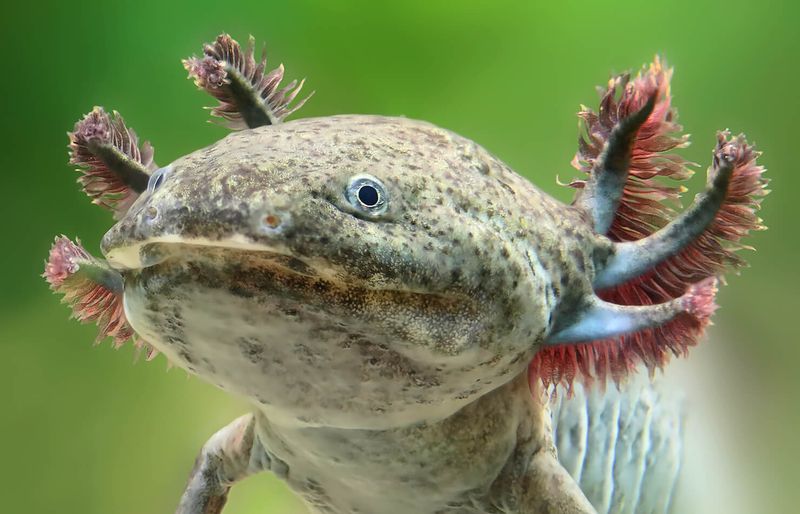
Axolotls possess the remarkable ability to breathe both underwater using their feathery gills and at the surface with their rudimentary lungs. This dual breathing capability allows them to survive in various environmental conditions, displaying their adaptability.
Their breathing methods highlight the complexity of their biology, enabling them to thrive in diverse habitats.
The combination of gills and lungs makes axolotls unique among amphibians, providing insights into their evolutionary journey.
13. They’re Excellent Research Subjects
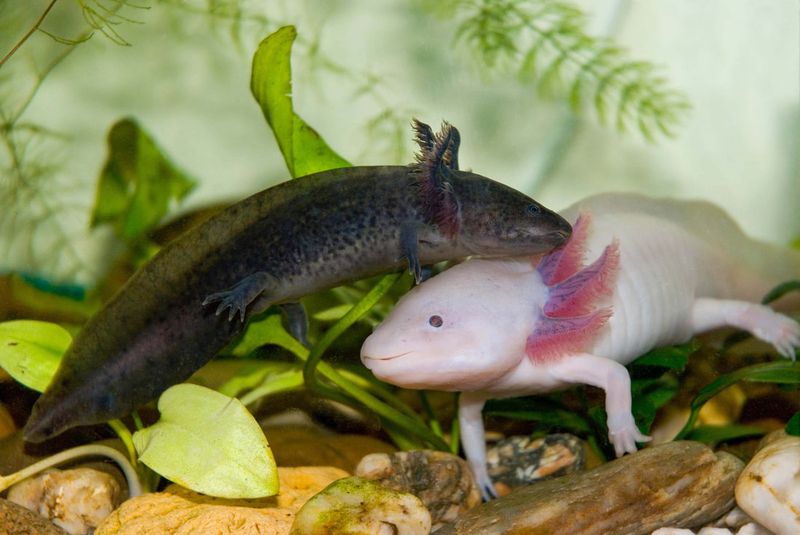
Axolotls play a crucial role in scientific research, particularly in the field of regeneration. Their extraordinary ability to regrow tissues, including limbs and spinal cords, provides valuable insights into healing and nerve repair.
Researchers worldwide are keen on understanding the mechanisms behind their regeneration, with hopes of applying these findings to human medicine.
Their contributions to science make axolotls vital subjects in laboratories, pushing the boundaries of our knowledge in regenerative biology.
14. They’re Critically Endangered In The Wild
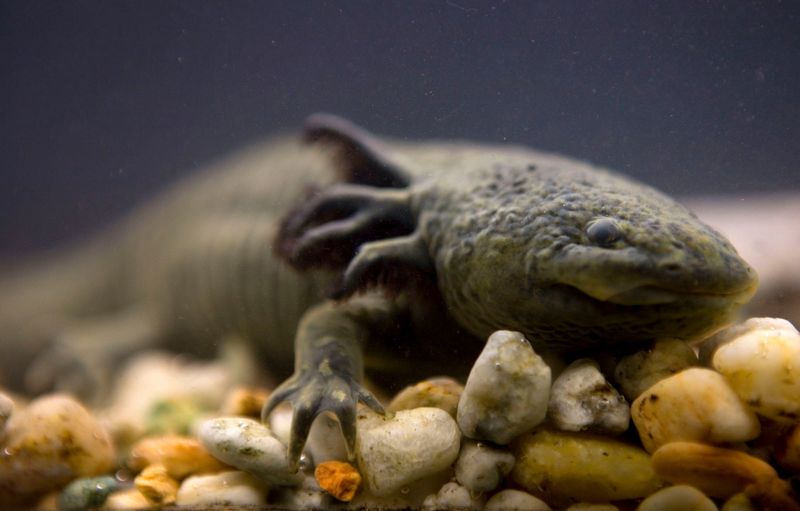
Axolotls are critically endangered in the wild, facing threats from habitat loss, pollution, and invasive species. Despite these challenges, they thrive in captivity, where conservation efforts are focused on preserving their genetic lineage.
Their endangered status highlights the urgent need for conservation and awareness to protect their remaining wild populations.
Efforts to save axolotls not only aim to preserve a unique species but also the delicate ecosystem they inhabit.
15. They Have Tiny, Lidless Eyes
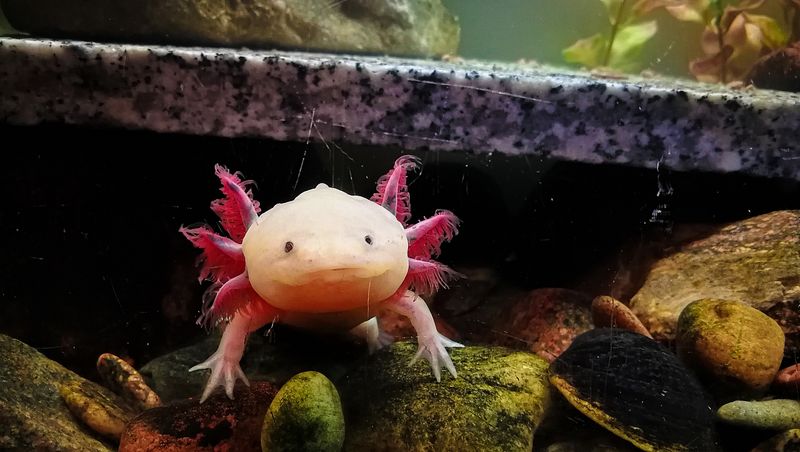
Axolotls possess wide, lidless eyes that endow them with a perpetually curious expression. However, they rely more on their senses of smell and touch than sight to navigate their environment.
Their unique eye structure is a distinctive feature, setting them apart from other amphibians.
Despite their limited vision, axolotls efficiently interact with their surroundings, showcasing the adaptability and intricacy of their sensory systems.
Their eyes add another layer to their enigmatic allure.

